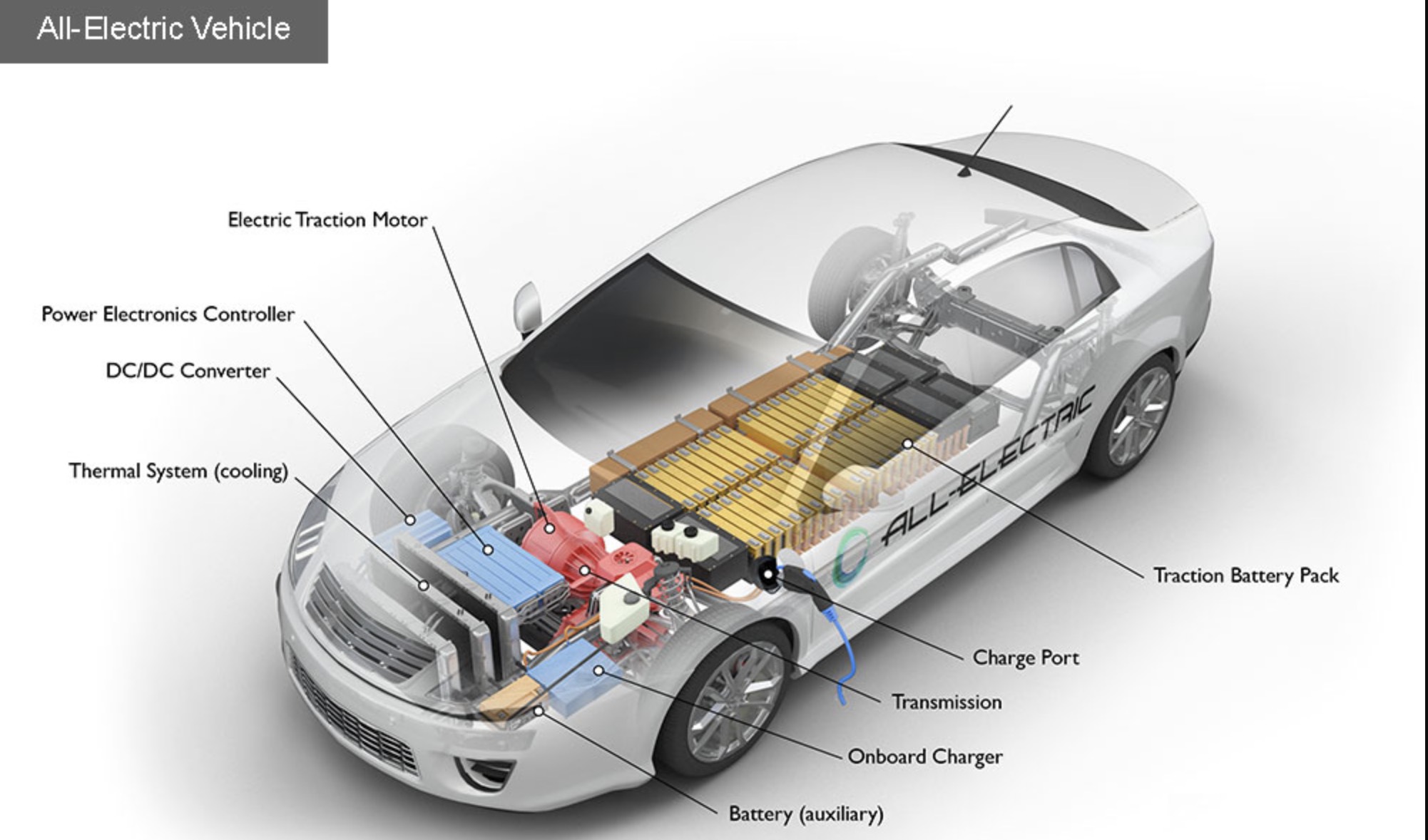- +86-15770741413
- sales6@klspcba.com
- Building 4, Shayi Beifang Technology Park, Baoan District, Shenzhen

Menu

The Core Technologies of Electric Vehicles: Battery, Motor, and Electronic Control The three core technologies in electric vehicles, namely battery, motor, and electronic control technology, play a crucial role in determining the overall performance of electric vehicles. These technologies are intimately associated with two key aspects: the cruising range and acceleration performance. Similar to the well-known wooden barrel principle, any deficiency or weakness in one of these three core technologies will have a direct and significant impact on the vehicle’s performance. The battery technology affects the energy storage and supply, determining how far the vehicle can travel on a single charge. The motor is responsible for converting electrical energy into mechanical power, influencing the vehicle’s acceleration and speed capabilities. And the electronic control technology manages and optimizes the operation of the battery and motor, ensuring their coordinated and efficient functioning. In conclusion, continuous innovation and improvement in these three core technologies are essential for the advancement and enhanced competitiveness of electric vehicles in the automotive market.

The Indispensable Role of the Battery Management System (BMS) in Electric Vehicle Electronic Control The Battery Management System (BMS) stands as the fundamental cornerstone in the realm of electronic control within electric vehicles. In the absence of this highly crucial system, the charging, discharging procedures, and the overall service life of the power battery would be severely hampered. If we draw an analogy where the battery is regarded as a team of soldiers, then the BMS system assumes the dual roles of a brilliant strategist and a commanding general, empowering electric vehicles to attain peak efficiency in practical applications. Via the BMS, electric vehicles are enabled to exercise precise control and efficient management over the battery. Each individual battery cell is maintained within a viable operational range, effectively warding off problems such as overcharging, over-discharging, and the dreaded thermal runaway. Considering the relatively limited capacity of a single battery cell, a large number of cells are assembled into modules, and multiple modules are further combined to constitute a complete battery system. Commonly, a battery system consists of hundreds or even thousands of individual cells. The BMS plays an absolutely vital part in guaranteeing that every single cell functions within the appropriate parameters. Put simply, the BMS emerges as a key determinant in upholding the optimal performance of the battery system. This discussion naturally leads to the significance of an Electric Vehicle BMS Manufacturer. These manufacturers are of utmost importance as they are dedicated to the research, development, and supply of these essential BMS for electric vehicles, thereby making a substantial contribution to the sustainable progress and enhanced functionality of the electric vehicle industry.
| Inquire Now | Model | Dimensions(mm) | Cells Series | Battery Type | Input Charging Voltage | Continuos Curren | Remark |
|---|---|---|---|---|---|---|---|
| Inquire Now | KLS-184 | 100*85*14 | 3S-5S | NMC/LFP | 12V | 20A~120A | null |
| Inquire Now | KLS-055 | 100*85*14 | 8S-16S | NMC/LFP | 24V 36V 48V 60V | 50A~200A | null |
| Inquire Now | KLS-030 | 100*85*14 | 3S | NMC/LFP | 24V 36V 48V 60V 72V 84V 1500V | 10A~500A | null |
| Inquire Now | KLS-137 | 100*85*14 | 5S-32S | NMC/LFP | 12V 24V 36V 48V 60V 72V 84V 96V 108V | 50A | null |
| Inquire Now | KLS-178 | 100*85*14 | 3S-5S | NMC/LFP | 12V | 20A~60A | null |
| Inquire Now | KLS-057 | 100*85*14 | 8S-16S | NMC/LFP | 24V 36V 48V 60V | 50A~200A | Reserve active balancing module |
| Inquire Now | KLS-231 | 220*100*19mm | 8S-24S | NMC | 24V | 5A~150A | CAN |
| Inquire Now | KLS-232 | 210*70*25 | 7S-17S | NMC/LFP | 24V | 5A~200A | CAN/RS485 |
| Inquire Now | KLS-182 | 210*100*20 | 12S-24S | NMC/LFP | 24V 36V 48V 60V 72V | 20A~200A | null |
| Inquire Now | KLS-071 | 100*85*14 | 9S-17S | NMC/LFP | 24V 36V 48V 60V | 20A~70A | null |
| Inquire Now | KLS-024 | 100*85*14 | 12S-24S | NMC/LFP | 24V 36V 48V 60V | 20A~150A | BUZZER |
The Battery Management System (BMS) ensures the safety and performance of the power battery through the following ways:
Manager:Nora Zeng
Wechat :15770741413
Whatsapp/Tel :+86-15770741413
E-mail:sales6@klspcba.com
 Factory address: Building 4, Shayi Beifang Yongfa Technology Park, Xinhe Road, Gonghe Community, Shajing Street Baoan District, Shenzhen City, China
Factory address: Building 4, Shayi Beifang Yongfa Technology Park, Xinhe Road, Gonghe Community, Shajing Street Baoan District, Shenzhen City, China R&D Address: Xinhe Road, Gonghe Community, Shajing Street Baoan District, Shenzhen City, China
R&D Address: Xinhe Road, Gonghe Community, Shajing Street Baoan District, Shenzhen City, ChinaCopyright © 2023 Shenzhen Kinglisheng Electronics Co., Ltd All rights reserved.